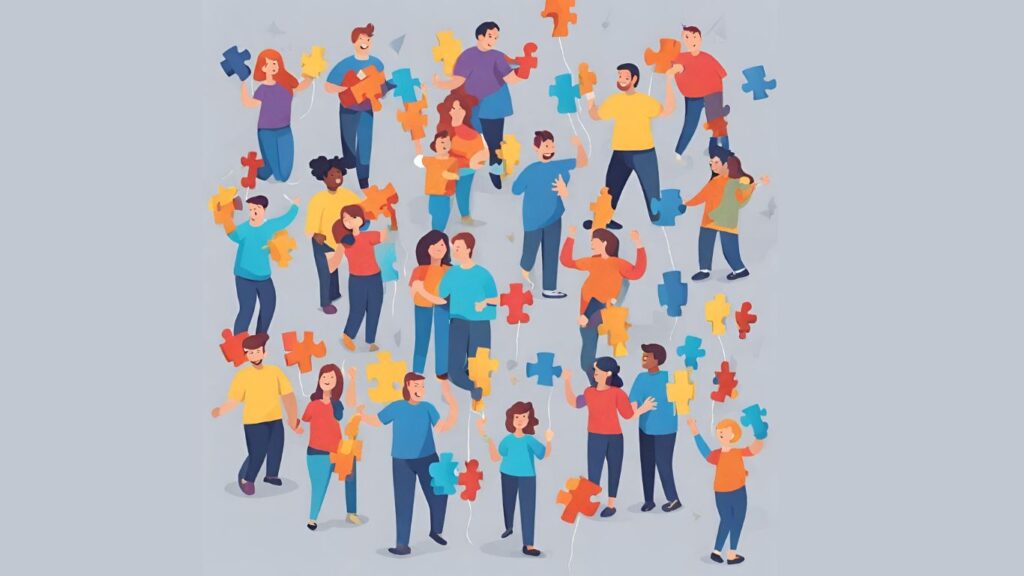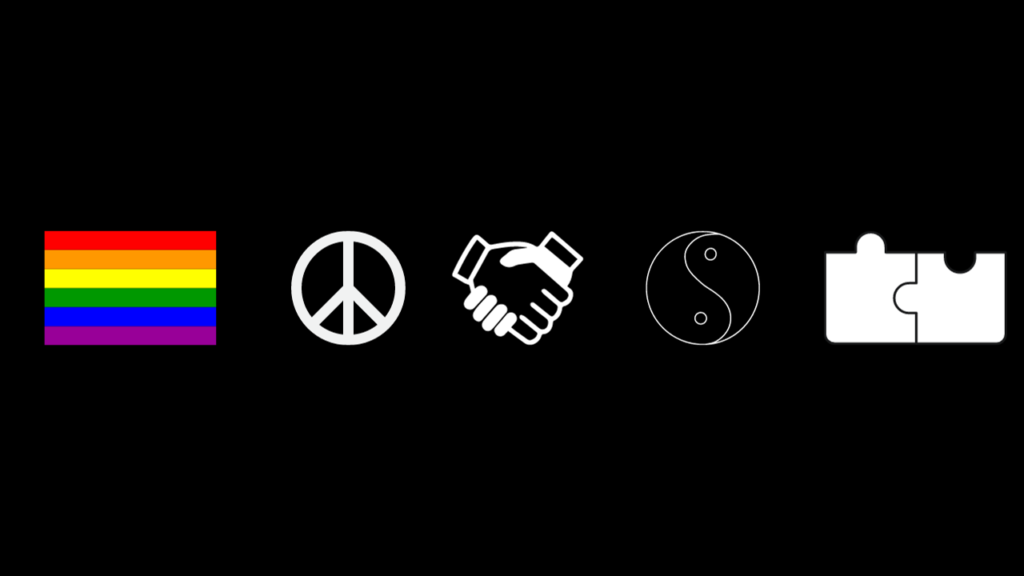Autism and gender diversity have been known to have an intersection where individuals on the autism spectrum are more likely to identify as gender-diverse than the general population. According to a study conducted in 2024, there is a confirmed overlap between autism and gender diversity. The study found that individuals on the autism spectrum are about three times more likely to identify as gender-diverse than those who are not on the spectrum.
It is essential to understand what autism and gender diversity mean to better understand their intersection. Autism is a neurodevelopmental disorder that affects an individual’s social communication, behavior, and interests. Individuals with autism may have difficulty with social interactions, and communication, and may engage in repetitive behaviors or have narrow interests. Gender diversity, on the other hand, refers to individuals whose gender identity differs from their assigned gender at birth. Gender-diverse individuals may identify as non-binary, transgender, or genderqueer, among others.
The intersection of autism and gender diversity has been a topic of interest in recent years, and research has found that gender-diverse individuals are more likely to have autism than the general population. It is essential to understand this intersection to provide appropriate support and care for individuals who identify as gender-diverse and are on the autism spectrum.
Research has also found that there is a correlation between gender diversity, gender dysphoria, and autism. Gender dysphoria refers to the distress experienced by individuals whose gender identity differs from their assigned gender at birth. A Psychology Today article suggests that the link between gender diversity and autism may be because individuals on the autism spectrum may not conform to traditional gender roles and expectations.
Challenges at the Intersection
Individuals on the autism spectrum often face unique challenges, and when combined with issues related to gender identity, these challenges can be even more complex. Some of the most common challenges at the intersection of gender and autism include social interaction and communication difficulties, access to diagnosis and support, and mental health considerations.
Social Interaction and Communication
People on the autism spectrum often struggle with social interaction and communication, which can make it difficult to navigate relationships and social situations. This can be particularly challenging for individuals who are also dealing with gender identity issues, as they may feel isolated or misunderstood by those around them.
Access to Diagnosis and Support
Access to diagnosis and support can also be a challenge for individuals at the intersection of gender and autism. Many healthcare professionals are not trained to recognize the unique needs of this population, which can lead to misdiagnosis or inadequate treatment. Additionally, there may be a lack of resources available to help individuals navigate the complexities of their gender identity and autism.
Mental Health Considerations
Mental health considerations are another important factor to consider at the intersection of gender and autism. Individuals on the autism spectrum are at an increased risk of developing mental health issues such as anxiety and depression, and these risks may be even higher for those who are also dealing with gender identity issues. It is important for healthcare professionals to be aware of these risks and to provide appropriate support and treatment to help individuals manage their mental health.
Strategies for Inclusion
Educational Approaches
One of the most effective strategies for inclusion is to provide educational approaches that cater to the specific needs of individuals with autism. This can include providing individualized education plans (IEPs) that take into account the unique learning styles and needs of each student. Additionally, educators can use visual aids, such as pictures and diagrams, to help students with autism better understand concepts. Breaking down complex tasks into smaller, more manageable steps can also be helpful.
Another important aspect of educational approaches is to promote socialization and communication skills. This can be done through social skills training, which teaches individuals with autism how to interact with others in social situations. Educators can also provide opportunities for group work and collaboration, which can help individuals with autism develop their social skills and build relationships with their peers.
Workplace Accommodations
In the workplace, accommodations can be made to ensure that individuals with autism can perform their job duties to the best of their abilities. This can include providing a quiet workspace, reducing sensory stimuli, and allowing for flexible work hours. Employers can also provide job coaches or mentors to help individuals with autism navigate their job responsibilities and communicate effectively with their colleagues.
Another important aspect of workplace accommodations is to promote understanding and acceptance of individuals with autism. This can be done through education and training programs for all employees, which can help to reduce stigma and promote a more inclusive work environment. Employers can also provide opportunities for individuals with autism to showcase their unique strengths and abilities, such as through special projects or assignments.
Current Research and Future Directions
Current research has shown that there is a significant overlap between gender diversity and autism. A systematic review and meta-synthesis by one study found that individuals on the autism spectrum are more likely to identify as transgender or gender non-conforming than the general population. Moreover, gender-diverse individuals are more likely to have autism than the general population.
Another study conducted a large-scale survey of over 641,000 people and found that 3,777 of them identified as gender diverse and 30,892 had autism. The study confirmed the overlap between autism and gender diversity and emphasized the importance of understanding and supporting autistic individuals who are also gender diverse.
The intersection of gender and autism is a complex and multifaceted topic that requires further research. One area of future research could be exploring the extent to which societal attitudes toward gender impact autistic individuals. Another area could be studying the experiences of gender-diverse autistic individuals in different cultural contexts, as cultural factors may play a role in shaping their experiences.
Community and Advocacy Efforts
There are several community and advocacy efforts aimed at addressing the intersection of gender and autism. These efforts are geared towards creating awareness, providing support, and advocating for the rights of individuals who are at the intersection of gender and autism.
Support Groups
Several support groups have been created to provide a safe and supportive environment for individuals who are at the intersection of gender and autism. These support groups provide a platform for individuals to share their experiences, challenges, and triumphs. They also provide a space for individuals to connect with others who are going through similar experiences.
Advocacy Organizations
Several advocacy organizations are working towards creating awareness and advocating for the rights of individuals who are at the intersection of gender and autism. These organizations work towards creating policies that protect the rights of individuals who are at the intersection of gender and autism. They also work towards creating a more inclusive society that recognizes and celebrates diversity.
Research
There is ongoing research aimed at understanding the intersection of gender and autism. This research is aimed at identifying the unique challenges faced by individuals who are at the intersection of gender and autism. It is also aimed at identifying the best ways to support and empower individuals who are at the intersection of gender and autism.
In conclusion, community and advocacy efforts play a crucial role in addressing the intersection of gender and autism. These efforts provide support, create awareness, and advocate for the rights of individuals who are at the intersection of gender and autism. Ongoing research is also essential in identifying the unique challenges faced by individuals who are at the intersection of gender and autism.







